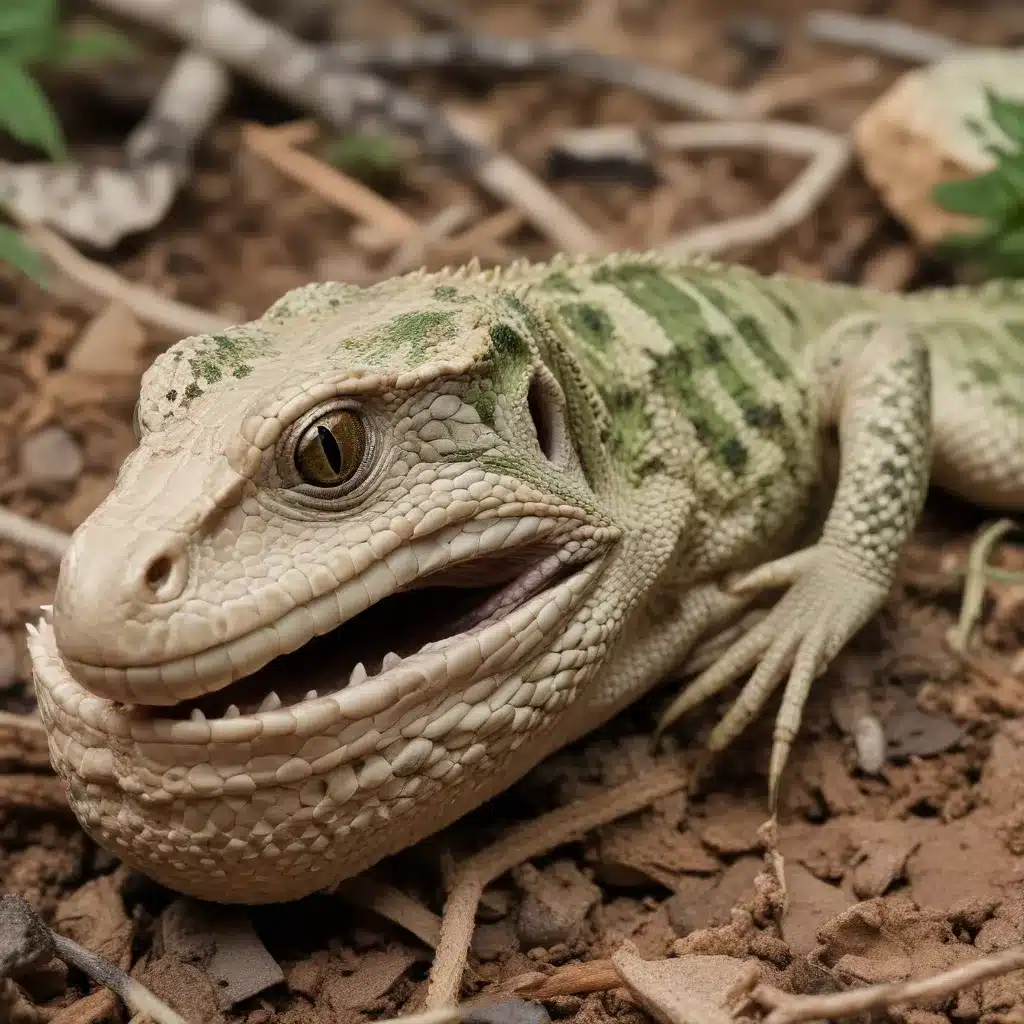
Understanding the Unique Needs of Exotic Reptiles
Caring for exotic reptiles requires a deep understanding of their specialized needs. These unique creatures have specific temperature, humidity, and habitat requirements that must be meticulously maintained to ensure their health and well-being. When transporting reptiles, whether for breeding, veterinary care, or relocation, great care must be taken to mimic their natural environment and minimize stress.
One of the key considerations in reptile transport is temperature regulation. Reptiles are ectothermic, meaning they rely on external heat sources to regulate their body temperature. During transport, maintaining the appropriate temperature range is crucial to prevent hypothermia or hyperthermia, both of which can be life-threatening. Proper insulation, climate-controlled containers, and monitoring devices are essential to maintaining the ideal temperature throughout the journey.
Humidity is another critical factor in reptile transport. Many species require high humidity levels to prevent dehydration and respiratory issues. Carefully monitoring and adjusting the humidity levels within the transport containers is necessary to ensure the reptiles’ comfort and health. Providing water sources and using humidity-retaining materials can help maintain the optimal humidity conditions.
Equally important is the design and size of the transport containers. Reptiles require adequate space to move and thermoregulate, as well as appropriate perches, hides, and substrate to replicate their natural habitat. Overcrowding or confinement can lead to stress, injuries, and even death. Responsible reptile owners and breeders must carefully select the appropriate container size and features to meet the specific needs of each species.
Navigating Legal Requirements for Reptile Transport
Transporting exotic reptiles is not only a matter of care and welfare but also a complex legal landscape. Regulations and permits vary widely depending on the species, the origin and destination, and the purpose of the transport. Failure to comply with these legal requirements can result in severe consequences, including fines, confiscation of the animals, and even criminal charges.
In the United States, the federal Lacey Act and individual state laws govern the transport and ownership of exotic reptiles. These regulations often include restrictions on the species that can be transported, the documentation required, and the permitting process. Responsible reptile enthusiasts and breeders must familiarize themselves with the relevant laws and obtain the necessary permits before undertaking any reptile transport.
For international transport, the Convention on International Trade in Endangered Species of Wild Fauna and Flora (CITES) also plays a crucial role. CITES regulates the trade of certain reptile species, requiring specific documentation and permits for their transport across international borders. Failure to comply with CITES regulations can lead to severe penalties, including the confiscation of the animals and legal consequences.
Responsible Breeding Techniques for Exotic Reptiles
Breeding exotic reptiles is a complex and delicate process that requires a deep understanding of the species’ natural history, reproductive behaviors, and genetic considerations. Responsible breeders prioritize the health and well-being of their animals, ensuring that their breeding practices adhere to the highest standards of care and ethical principles.
One of the fundamental aspects of responsible reptile breeding is maintaining appropriate environmental conditions. Factors such as temperature, humidity, and lighting must be carefully controlled to mimic the natural habitat of the species and support their reproductive cycles. Providing the right substrates, hides, and enrichment elements can also contribute to the overall well-being of the breeding animals.
Genetic diversity is another critical consideration in responsible reptile breeding. Inbreeding can lead to genetic defects, reduced fitness, and the perpetuation of undesirable traits. Responsible breeders carefully select their breeding stock, prioritizing genetic diversity and the preservation of healthy, robust lineages. They may also utilize techniques like DNA testing to monitor the genetic health of their breeding populations.
In addition to environmental and genetic factors, responsible reptile breeders must also be mindful of the health and welfare of their animals. Regular veterinary check-ups, proper nutrition, and the prevention and treatment of diseases are essential to ensuring the long-term well-being of the breeding stock and their offspring.
Ensuring Reptile Health and Welfare During Transport
Transporting reptiles can be a stressful experience for these delicate creatures, and responsible owners and breeders must take every precaution to minimize this stress and ensure their well-being. This includes carefully selecting the appropriate transport containers, providing adequate food and water during the journey, and monitoring the animals for any signs of distress or illness.
One of the key aspects of ensuring reptile health during transport is proper hydration. Reptiles are prone to dehydration, and the stress of travel can exacerbate this issue. Responsible transporters must provide water sources within the containers and closely monitor the animals’ water intake and overall hydration levels.
Additionally, the transport containers must be designed to maintain the appropriate temperature and humidity levels throughout the journey. Sudden changes in these environmental factors can be detrimental to the reptiles’ health, leading to issues such as respiratory infections, skin problems, and even death. Responsible transporters must be equipped with temperature and humidity monitoring devices to ensure the optimal conditions are maintained.
To further support the health and welfare of reptiles during transport, responsible owners and breeders must also consider the stress-reducing factors. This may include providing hiding spots, minimizing handling, and ensuring the containers are protected from excessive noise, vibration, and other external stimuli that could cause distress.
Conclusion
Navigating the complexities of responsible reptile transport requires a comprehensive understanding of the unique needs and legal requirements associated with these exotic creatures. By prioritizing the health and welfare of the animals, adhering to legal regulations, and employing responsible breeding techniques, reptile enthusiasts and breeders can ensure the safe and ethical transport of their reptiles.
Whether transporting reptiles for breeding, veterinary care, or relocation, it is essential to meticulously plan the journey, equip the transport containers with the necessary features, and monitor the animals throughout the process. By doing so, reptile owners and breeders can protect the well-being of their beloved animals and contribute to the responsible management of the exotic reptile trade.

